
Why Have So Few People Heard of Liberica Coffee?
Of the hundreds of coffee varieties produced around the world, Liberica is the third most popular. Why then, have so few people heard of it? Simply put, Arabica and Robusta are, by far, the most commonly produced and consumed types of coffee. They make up about 75 and 20 percent of global coffee consumption, and 60 percent and 40 percent of production, respectively. Liberica coffee is far more elusive, and isn’t grown on a global scale like the other two varieties. In fact, it only accounts for less than one percent of global coffee production and two percent of global consumption. This makes it very likely that the coffee you drink is Arabica, Robusta, or a blend of the two.
The History of Liberica Coffee
Originating in Liberia, West Africa, where it gets its namesake, Liberica coffee is now popular in many regions of Asia, such as Indonesia, Malaysia, and the Philippines. Its spread to Asia occurred in the 1890s when global Arabica coffee crops suffered a mass die-off due to a widespread fungal infection known as coffee rust. With this devastating disease causing local Arabica coffee plants to lose their leaves while also halting their ability to produce beans, a solution was needed quickly. Therefore, the Liberica coffee plant was introduced in place of the Arabica variety in the Philippines due to its resistance to coffee rust, its preference for higher temperatures and lower altitudes, and its ability to repel pests due to the firmer nature of its fruit. Most other parts of the world, at this time, switched over to producing Robusta coffee. Today, the Philippines is the largest producer of Liberica coffee, with Indonesia and Malaysia also cultivating their own Liberica coffee beans on a smaller scale.
5 Ways Liberica Coffee is Different from Arabica and Robusta
1. Looks
The Liberica coffee plant differs in looks from other coffee plants in three key ways. First, it grows much taller than Arabica and Robusta plants, reaching heights of up to 20 meters! Second, the Liberica coffee plant produces much larger fruit than the Arabica and Robusta variety. And third, the beans, themselves, tend to also be larger and asymmetrical in shape, making them look unique compared to more common varieties of coffee beans like Arabica and Robusta.
2. Flavor
Liberica is a light to medium-bodied coffee characterized by a powerful and distinct flavor profile. With a smoky and chocolatey taste, those who enjoy a stronger coffee are almost certain to appreciate Liberica coffee. The stronger flavors are also accompanied by delicate spicy and floral undertones, making it a must-try experience for any true coffee aficionado. A lingering mouthfeel is experienced by some who try this rare coffee and many even feel that Liberica coffee is sweeter than other coffee varieties. On the flip side, others might find the flavors of Liberica coffee a little overpowering.
Arabica coffee is known for its delicate and smooth flavor profile with fruity and sweet notes balanced out by mild acidity. Robusta, on the other hand, is more bitter and earthy. Like Liberica coffee, it features a nutty and chocolatey flavor, though it is not nearly as strong.
3. Caffeine Content
Surprisingly, despite its strong flavor, Liberica coffee has a much lower caffeine concentration than Arabica and Robusta coffee. Robusta coffee, by far, has the most amount of caffeine of the three, while Arabica places second in caffeine content.
4. Price
In terms of pricing, Robusta is the cheapest of the three coffee types to procure. Arabica takes second place, while Liberica is the most expensive of the three to obtain.
5. Best Way to Drink
Simply brew Liberica coffee on its own for maximum flavor. Its signature, strong flavor makes it great for espressos. In the Philippines, where Liberica coffee is consumed on a daily basis as a breakfast staple, the locals refer to it as “barakao”, which means manly, due to its powerful taste and aroma. If you want to enjoy Liberica coffee just like how locals in the Philippines do, you will need to dark roast the beans, ground them finely, and then add some muscovado sugar before enjoying your brew.
To extract the most out of Arabica coffee, buy whole roasted beans and then grind them yourself. Arabica beans are extremely versatile, though, and can be found in a variety of roasts and blends to suit your needs. Robusta coffee beans are great at maintaining their flavor even when milk and sugar are added. This makes it the ideal candidate for a refreshing iced coffee.
Why is Liberica Coffee So Rare?
Since Liberica only accounts for two percent of global coffee consumption, the vast majority of people have never had a taste of this rare and elusive coffee. There are several reasons for this. The Liberica coffee plant requires a very specific climate for optimum growth, making it ideal for cultivation in hotter and tropical regions, and hard to find outside of the regions that grow it. Liberica is also finicky to cultivate and difficult to harvest. This has actually led to many Liberica coffee growers using hybridized plants, making pure Liberica coffee in danger of going extinct! Liberica coffee is also the most expensive of the three major types of coffee, making it harder to afford where it is imported from abroad. Finally, after the world’s population of Arabica plants recovered from the coffee rust outbreak in the late 1800s, Arabica retook the crown as the world’s most popular type of coffee, stunting Liberica’s potential to expand into new markets and garner greater popularity.
Is it Worth Trying Liberica Coffee?
If you’re the type of person who isn’t satisfied with just any type of coffee brew and are always on the hunt for something new and exciting, then Liberica coffee should certainly be on your radar. Though it is rare and more expensive than Arabica and Robusta varieties, Liberica’s distinct flavor profile and rich history make it one of the most unique types of coffee out there. Best of all, you will be able to find it relatively easily over the internet. If you’re serious about coffee, definitely try to get your hands on some!
Where to Buy Liberica Coffee?
To get your hands on authentic Liberica coffee, all you have to do is get online and trawl through your favorite online marketplace. Before purchasing any Liberica coffee, though, make sure you are certain about its country of origin. Importing or buying from places like the Philippines, Malaysia or Indonesia makes it far more likely that you’ll receive the authentic product. If purity matters, make sure you’re not getting a hybrid version of Liberica coffee, but rather, its natural form.


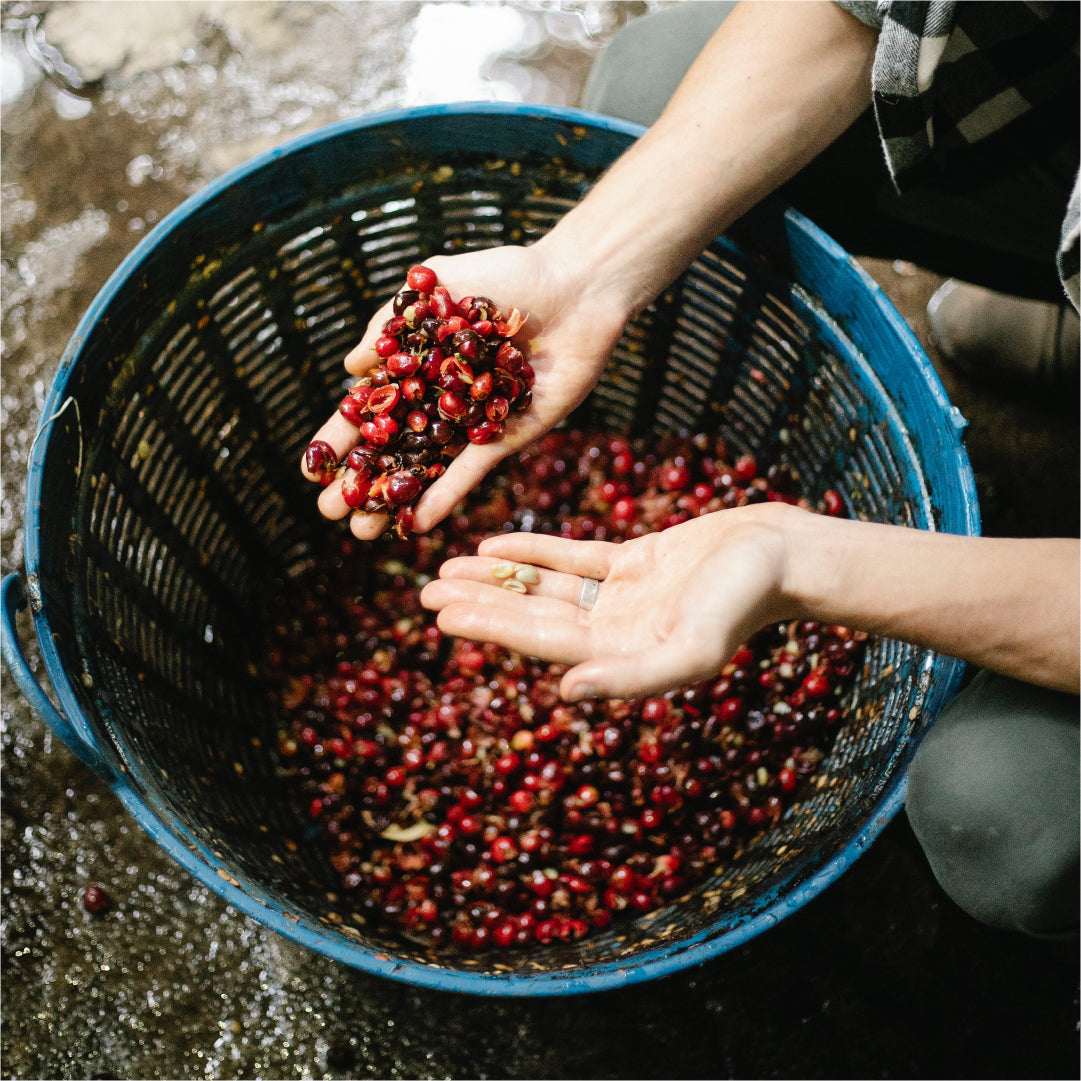
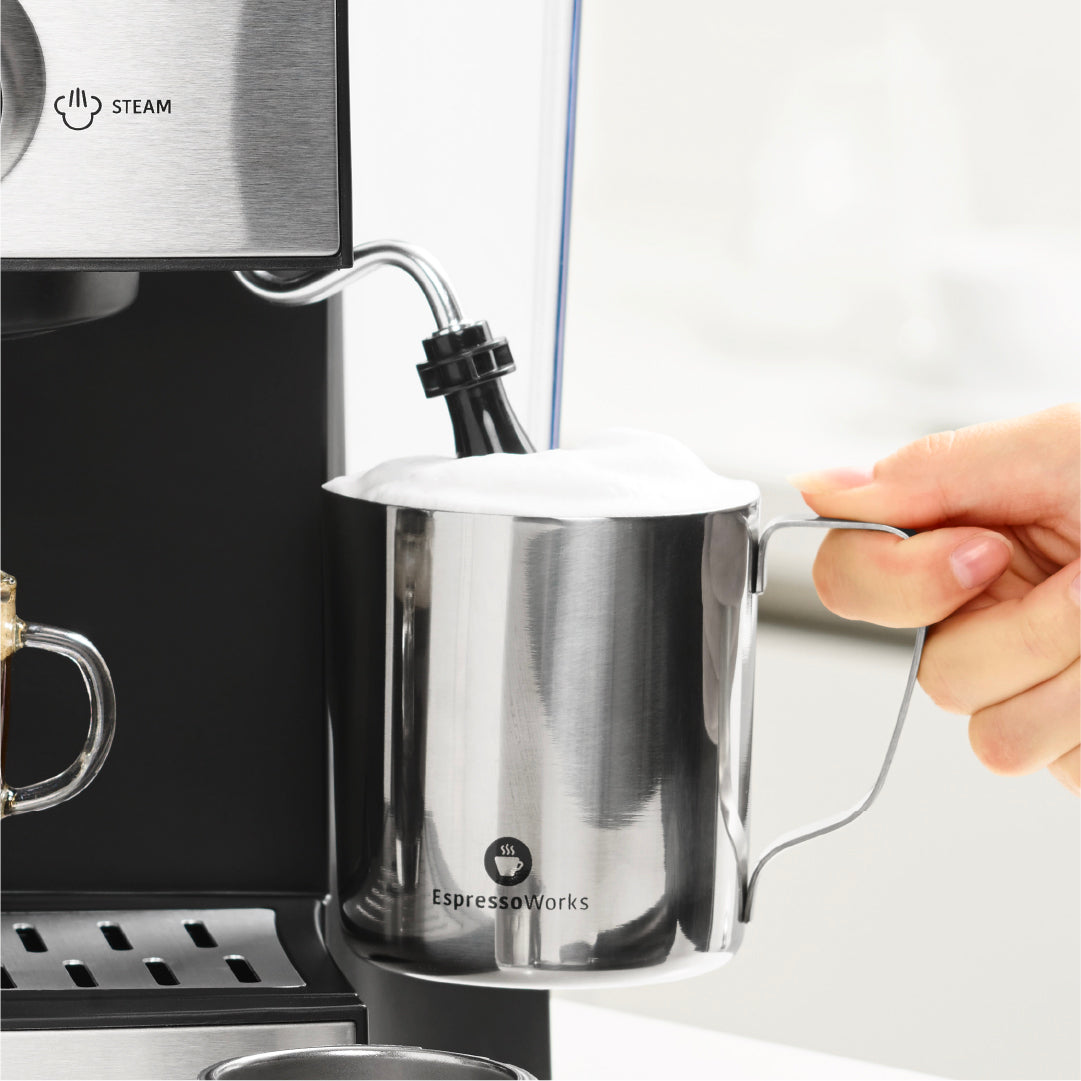
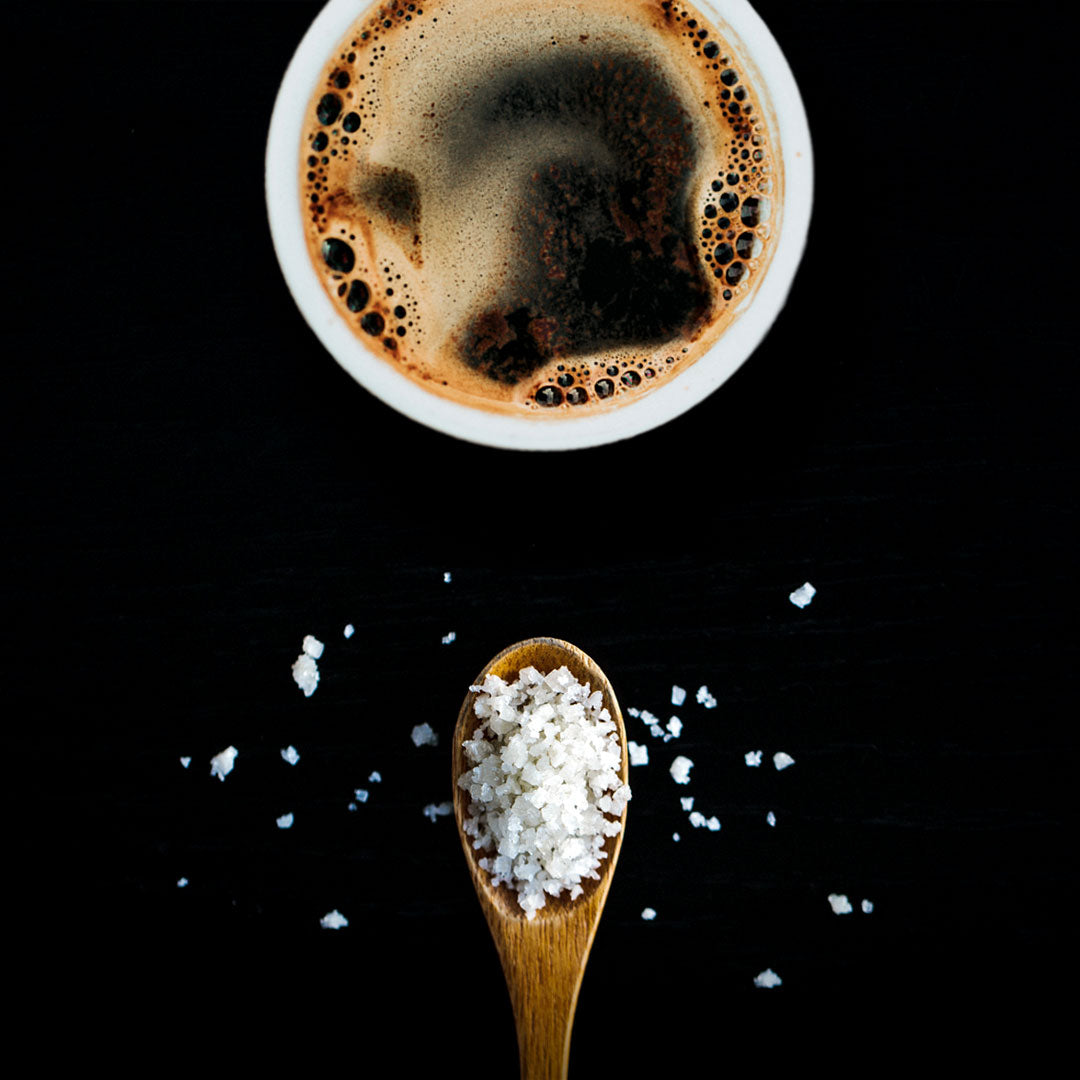
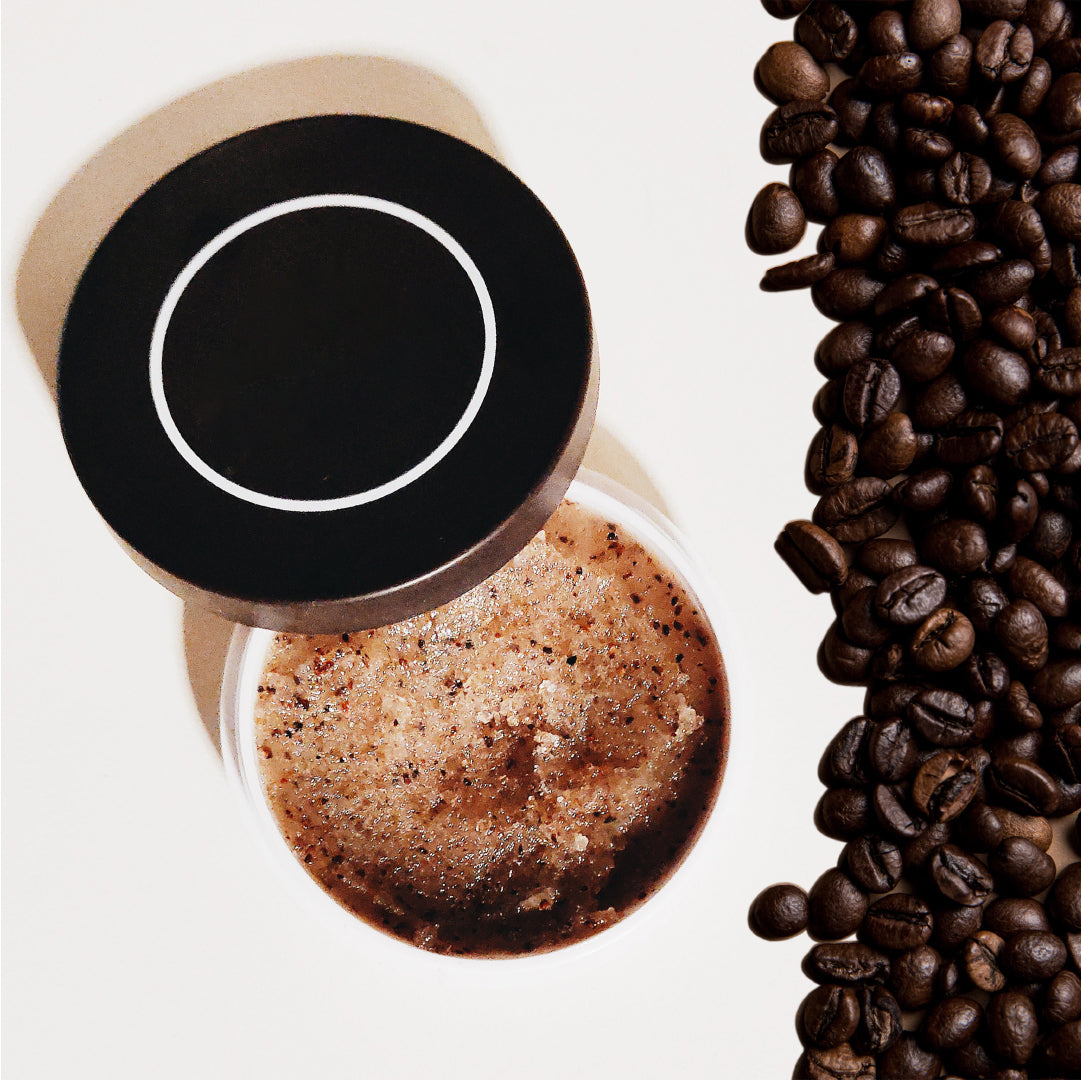

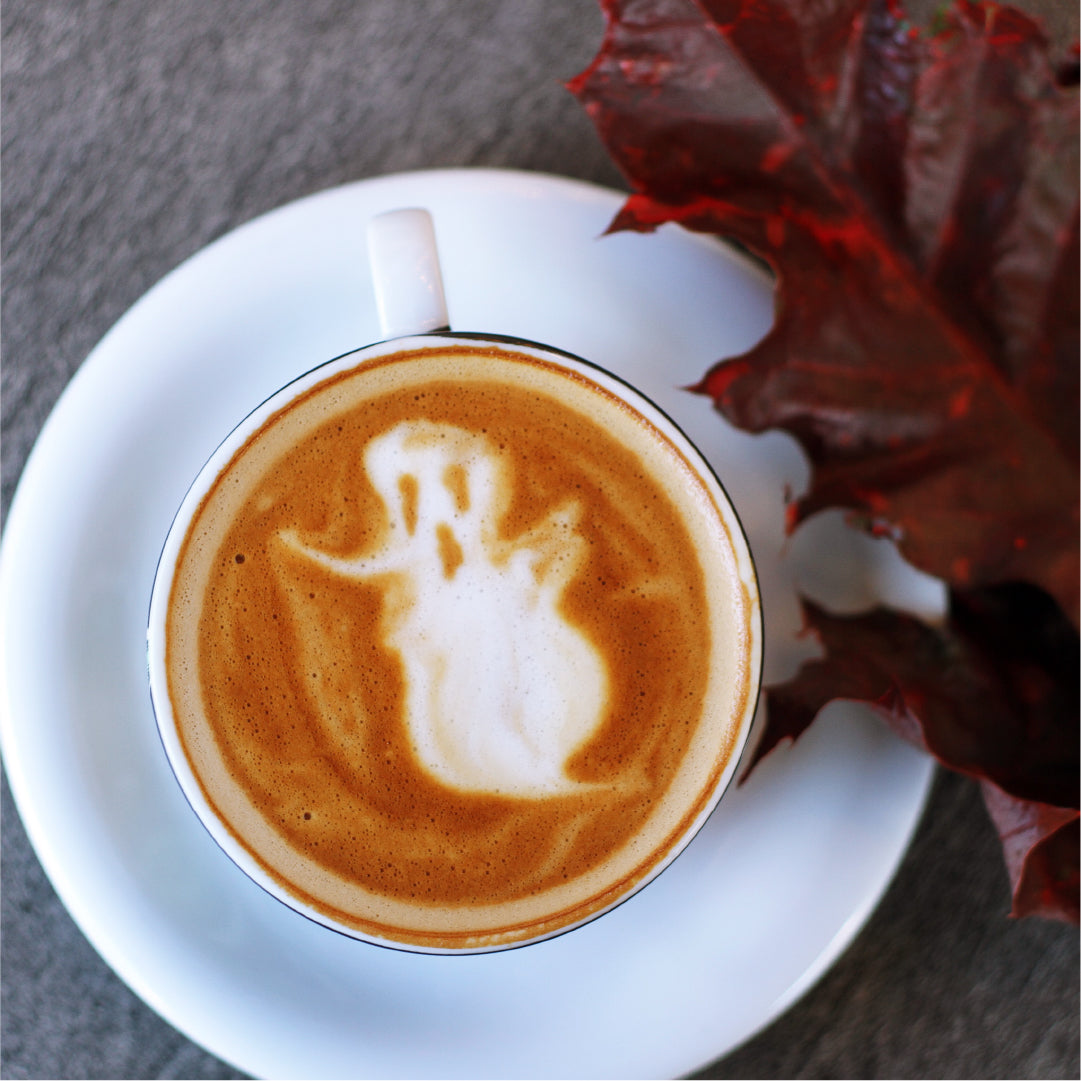
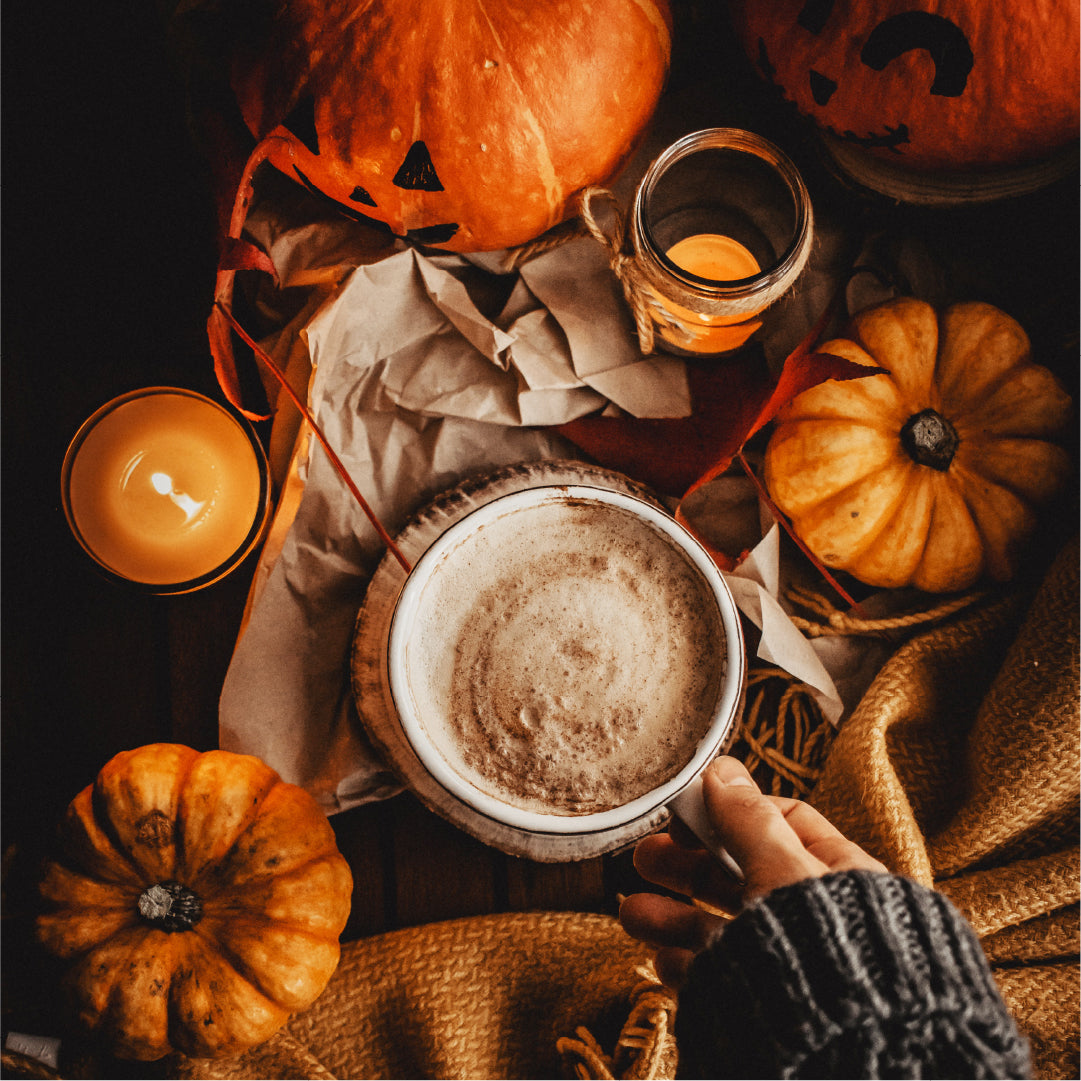
Share:
Magnificent Mocha Muffins Recipe
How to Make Vietnamese Iced Coffee (Recipe)